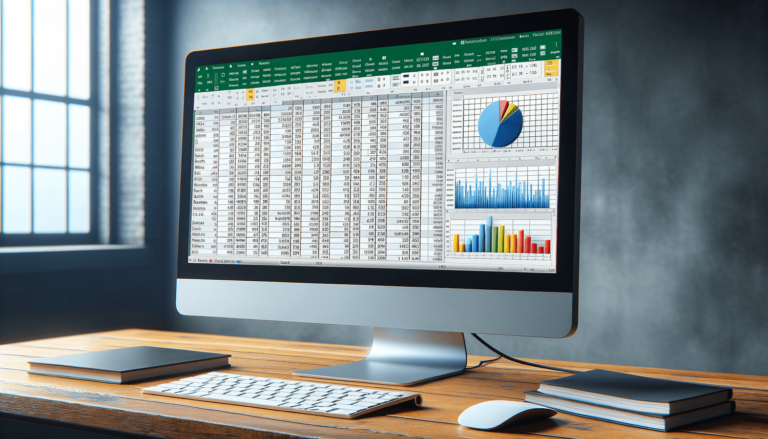5 Easy Steps to Excel Distribution Creation

The process of creating a distribution in Excel can seem daunting at first, but once you understand the basics, it's a straightforward procedure. Whether you're creating distributions for statistical analysis, inventory management, or project planning, Excel provides powerful tools to help you visualize and manage data effectively. Here are five easy steps to get you started:
Step 1: Gather Your Data

Begin by collecting the data you wish to analyze. This could be:
- Sales figures
- Test scores
- Project completion times
Make sure your data is organized in a clear, tabular format with each row representing an individual entry and columns defining the different variables or categories.
📌 Note: Ensure your data set is clean, meaning no missing or duplicate values, as these can skew your distribution.
Step 2: Determine the Type of Distribution

Excel can generate various types of distributions:
- Normal Distribution: Often used for naturally occurring data like heights, weights, or IQ scores.
- Binomial Distribution: Useful for scenarios with two possible outcomes, like coin tosses or pass/fail exams.
- Poisson Distribution: Suitable for analyzing the frequency of events over a fixed period or space.
Select the distribution that best fits your data and the type of analysis you want to perform.
Step 3: Use Excel Functions

Excel has functions tailored to generate different distributions:
- NORM.DIST for normal distribution
- BINOM.DIST for binomial distribution
- POISSON.DIST for Poisson distribution
Let’s illustrate with the Normal Distribution:
=NORM.DIST(x, mean, standard_dev, cumulative)
Where:
xis the value for which you want to calculate the distributionmeanis the arithmetic mean of the distributionstandard_devis the standard deviationcumulativedetermines whether to calculate the cumulative distribution (TRUE) or the probability density function (FALSE)
Step 4: Plot Your Distribution

After calculating the distribution values, you’ll want to visualize them:
- Select your data range.
- Go to the Insert tab.
- Choose a chart type - for distributions, a Line or Scatter chart often works well.
- Format your chart to enhance readability:
- Add a chart title
- Label the axes
- Include a legend if necessary

Step 5: Analyze Your Distribution

Once your distribution is plotted, analyze it:
- Observe the shape, spread, and center of the distribution.
- Check for skewness or kurtosis.
- Compare the distribution to theoretical models or historical data.
Excel’s Data Analysis Toolpak can be used to perform more complex statistical analyses if needed.
By following these steps, you can effectively create and interpret distributions in Excel. Remember, the key is in understanding your data's nature and choosing the appropriate distribution type. Whether for business analytics, academic research, or personal interest, Excel's functions can provide insightful results with minimal effort.
What if my data doesn’t fit any common distribution?

+
If your data does not fit any common distribution, consider creating a histogram or using non-parametric methods like kernel density estimation for visualization. Excel’s charting capabilities can help with this.
Can I automate distribution creation in Excel?

+
Yes, you can automate distribution creation using Excel VBA (Visual Basic for Applications) macros. This allows for repetitive tasks to be done automatically with customizable scripts.
What’s the importance of using the right distribution?

+
The correct distribution model ensures your analysis accurately reflects the underlying probabilities and behaviors of your data, leading to better decision-making and predictions.